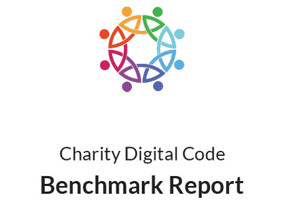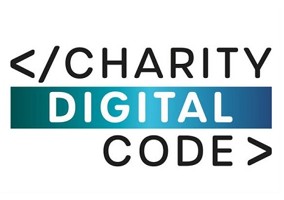I joined World Vision just a few short months ago as chief information officer to do one thing: deliver digital transformation and ensure that it becomes the efficient and effective organisation that it needs to be. After twenty years working in agencies and software providers to the charity sector, I knew that charities have been slow to adopt technologies even after they are well proven in the commercial sector, but I’d underestimated the scope of the challenge.
You see, the organisations which have changed the face of our economy, our society and our daily habits over the last two decades are called technology companies, but that’s deceiving, because the technology that they have created is only a small part of the reason that they’ve driven such extensive change. As Tom Loosemore famously put it digital is about “applying the culture, practices, business models and technologies of the internet era to respond to peoples raised expectations.” To put it another way, the technology alone isn’t enough.
When I arrived at World Vision I knew that work was under way in all areas, but it’s fair to say that it was most advanced in the technology area. Replacing an ageing Lotus Notes email server with a state of the art Office 365 setup was an obvious and necessary move, and there were plenty more technology steps already planned for the roadmap. But it’s also vital that the non technical transformation keeps up. In order to make this happen I’ve pulled together something I’ve called the Digital Collective - the decision makers and key do-ers from across the organisation coming together every two weeks to review digital projects in an agile-style forum.
The first barrier to this was, of course, that digital transformation projects were perceived as technology projects requiring expertise. Something which could be got on with by the specialists whilst the key decision makers carried on as before. But that’s not how organisational change works. So we got our decision makers in the room by the simple practice of making this the meeting where the budget was approved. Decision makers had to come to the meeting and pitch their business case.
How to prioritise?
So with clear business cases, it should be clear which projects are a priority and which aren’t, right?
Well, as it turns out, it’s not that simple. Maybe it’s because of the scope and complexity of our organisation, but we struggle to prioritise. I didn’t notice this at first, because for a few sessions each part of the business was bringing its own projects to the table, and committing resources. Before long, though, we got to our first resource clash. It came to light pretty clearly, in that we have a financial analyst who looks after the integrations into our core finance systems. Clearly they need to be working on one major project at a time. That’s when things got tricky. We use a status tracker in our digital collective, each project being “draft, ready for approval, active or blocked.” The second project that required our finance analyst met the requirements for the business case, but went straight into “blocked”.
“Why is it blocked?” went the conversation, “it can’t be blocked, we need to get this done”.
“We do, but we agreed the other project is more important, and there’s only one resource, so this project’s blocked until the resource is free.” There was muttering, there were dark looks, folks weren’t happy. So we used that as an opportunity to talk about culture.
Being held back by culture
The culture of the internet age - certainly for those high-growth companies - is one of focus. Focussing on getting one thing done, and delivering value, before moving on to the next project. Our culture was different, we had a culture of trying to deliver all the worthwhile projects we could as soon as we could. When we sat down and though about it, we realised it was holding us back, and that prioritising what we were going to get done meant that the things that didn’t make that cut (i.e. everything else) had to wait until we were done.
It’s clear that we have a long way to go, and that we’ll need lots of help to get there, but according to the research that I published last week for the Charity Digital Code Benchmark report, this is a challenge that more than half of all charities are grappling with right now: that of turning an aspiration to be more digital, into the practical strategies which will get us there.
So I’m blogging our journey, warts and all, so that others within our UK operation, across our international partnership and across the sector as a whole can learn from our mistakes and build on our successes. I hope you’ll find it an interesting read at www.digitalcollective.org.uk.
Martin Campbell is chief information officer at World Vision
|
Related articles












